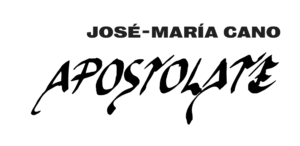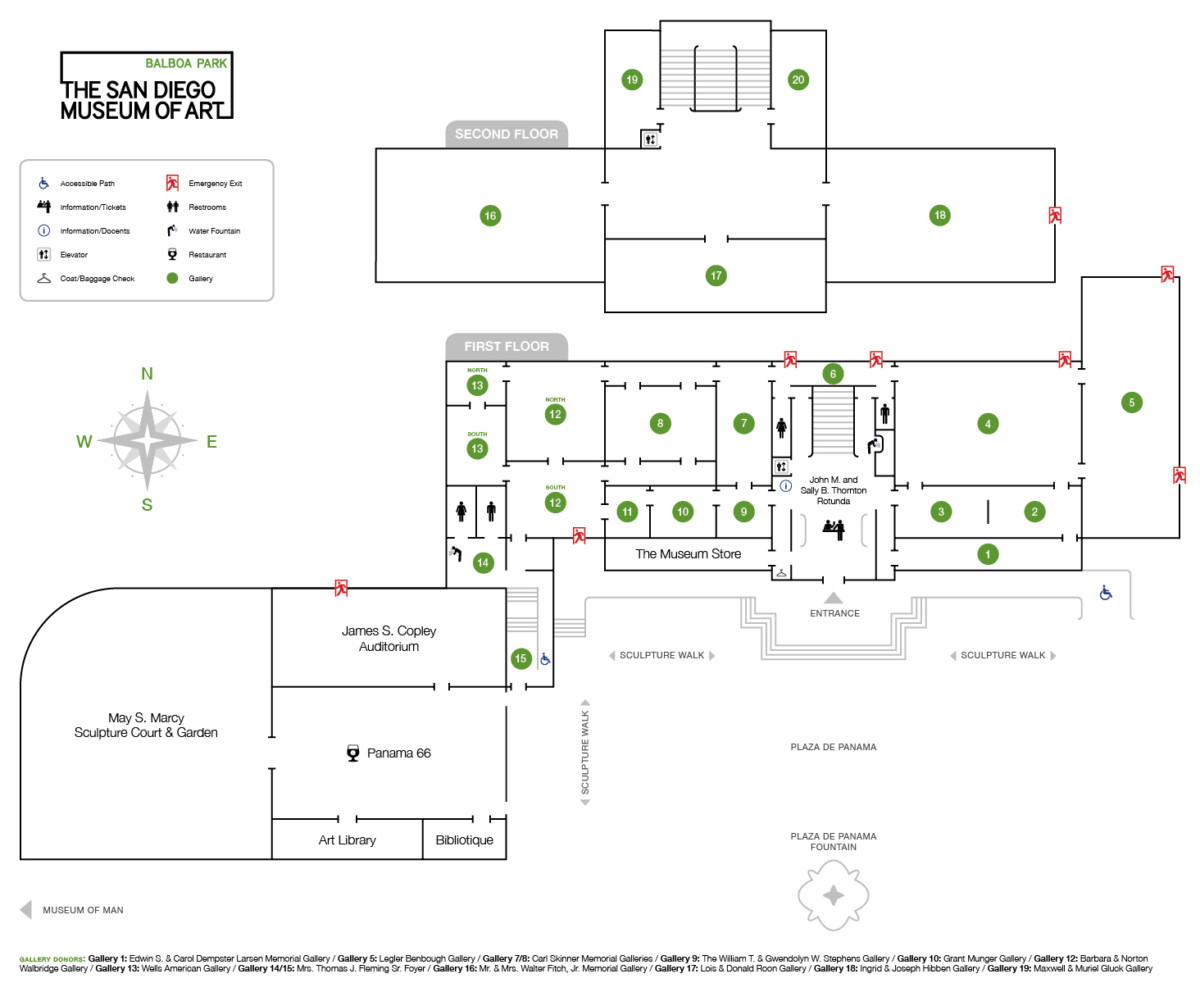 A response to the Museum’s former exhibition Art and Empire: The Golden Age of Spain is on view in Gallery 20, a group of 12* resin-on-canvas “portraits” of Christ’s disciples by contemporary Spanish artist José-María Cano. Cano launched his career as a musician and composer, most notably as a member of the best-selling Spanish pop band Mecano. For the past 20 years, he has devoted himself exclusively to painting and has gained acclaim for his meticulous and visually engaging resin technique. This is the first solo exhibition in the United States for Cano, whose works have been exhibited in galleries and museums around the world.
A response to the Museum’s former exhibition Art and Empire: The Golden Age of Spain is on view in Gallery 20, a group of 12* resin-on-canvas “portraits” of Christ’s disciples by contemporary Spanish artist José-María Cano. Cano launched his career as a musician and composer, most notably as a member of the best-selling Spanish pop band Mecano. For the past 20 years, he has devoted himself exclusively to painting and has gained acclaim for his meticulous and visually engaging resin technique. This is the first solo exhibition in the United States for Cano, whose works have been exhibited in galleries and museums around the world.
The tradition of forming groups of images of apostles, which originally stems from Medieval book illustration, may also be traced to sixteenth-century books of engravings in which each figure is accompanied by a line of the Apostle’s Creed. Artists of the Spanish Golden Age, such as Jusepe de Ribera (1591–1652), depicted these figures as common, even rough, folk. Indeed, five of the apostles (Peter, Andrew, James, John, and Philip) were humble fisherman from the town of Bethsaida, on the Sea of Galilee.
In this contemporary take on the “apostolate,” José-María Cano cites the significance of the number twelve: “as the twelve tribes of Israel and the zodiac signs. Twelve is not just any number. It relates the sun, the moon and the Earth. It is the number of lunar cycles that occurs when the Earth goes around the sun.” In this resin series, begun in 2015 and completed in 2019 to coincide with Art and Empire: The Golden Age of Spain, Cano offers a present-day collection of portraits of ordinary men, who become extraordinary in his paintings.
*The painting of “Simon The Zealot” and “Peter, Fisher of Men” were removed for restoration.


